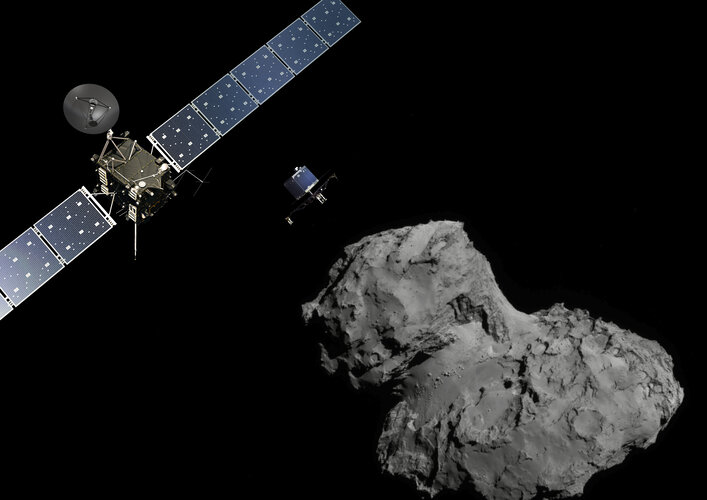
“Spacecraft are launched with instruments, payloads, and its thought ‘great – it will do science with that’, but a spacecraft is so much more,” says Beatriz Sanchez-Cano, lead author of the paper and part of the Mars Express science team at the University of Leicester.
“Memory counters reveal a lot, but so do dust impacts on solar panels that tell us about micrometeorites and space debris, huge temperature swings have their effect, too. This kind of experience had by satellites also contributes to science, and it’s all this together that really makes these missions incredible, fantastic.”
With continued care and curiosity, spacecraft can reveal a whole lot more than they were first designed to, in effect growing new instruments in space and increasing their scientific return. If we look, we find that the Solar System is leaving its fingerprint on our space explorers, and we need to understand how that feels before we can safely explore it ourselves.



